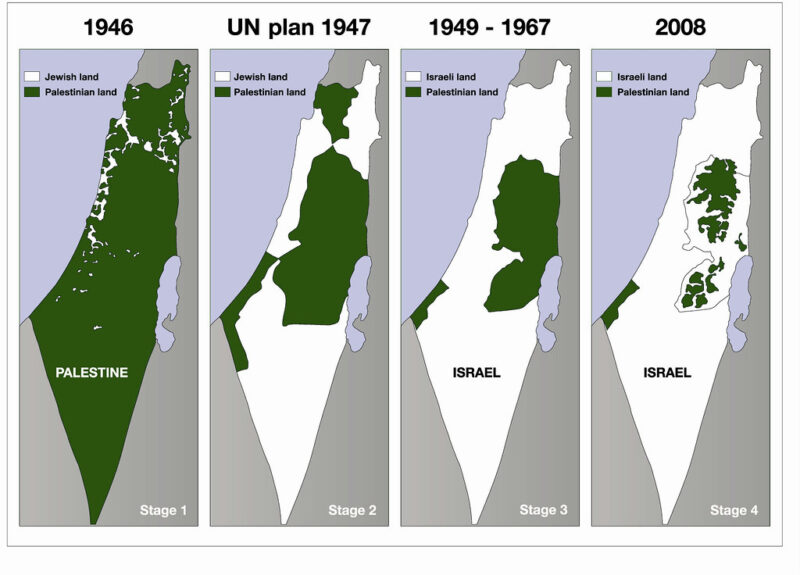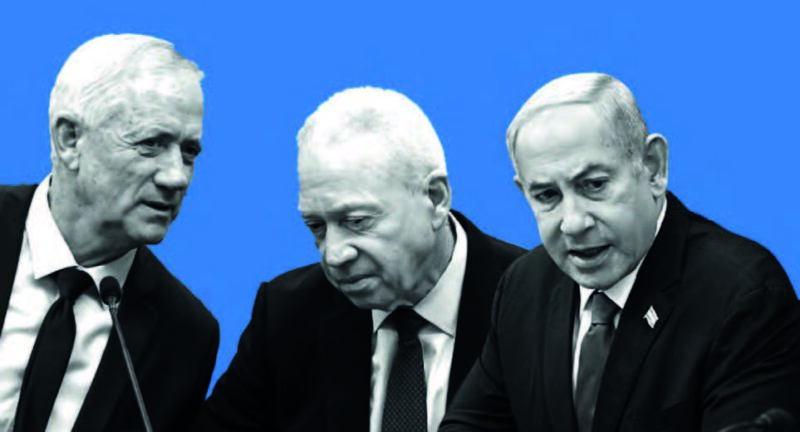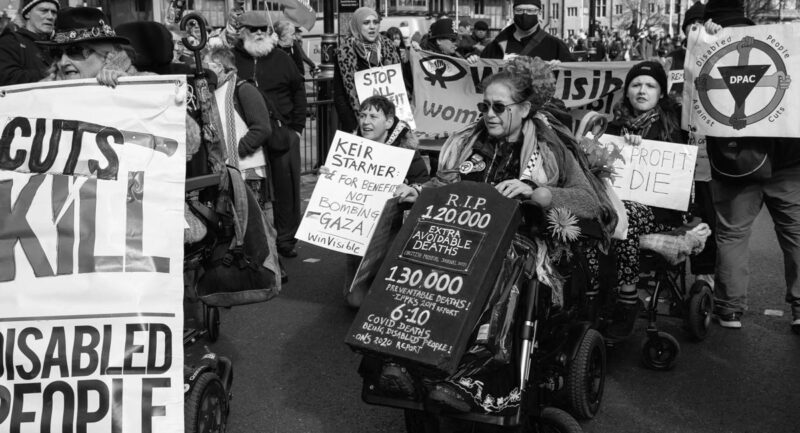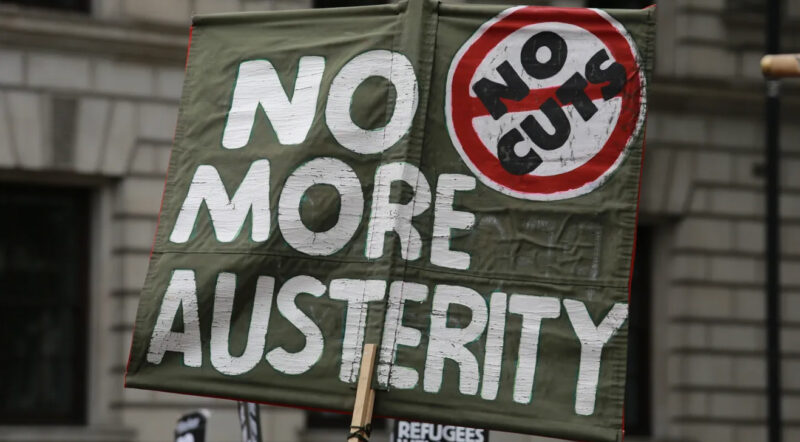Beijing, Tokyo: playing with fire
By Peter Main
Are China and Japan locked into a course towards war? A review of the dynamics and motives suggests they are not, yet.
The scenario is eerily familiar. Two imperialist powers, one continental and dynamic, the other an island power now past its peak, confront each other in a series of diplomatic incidents, military exercises and belligerent speeches. But this is not Europe in 1914; this is Asia today.
Relations between Tokyo and Beijing have deteriorated steadily since the last Japanese government made an issue of its territorial claim to the Diaoyu/Senkaku islands by buying them for the nation. China responded by re-asserting its own claim, sending naval vessels to patrol the area. More recently, Beijing declared an Air Defence Identification Zone, requiring all foreign aircraft to submit flight plans before entering the region, and announced new controls on fishing in the South China Sea* at the beginning of the year.
The current Japanese Prime Minister, Shinzo Abe, raised the stakes by visiting a Shinto shrine dedicated to Japan’s war dead, including 12 infamous war criminals. For China and, incidentally, both Koreas, this is the equivalent of, say, Angela Merkel visiting a shrine to the Waffen-SS.
These are not isolated “incidents” of only symbolic significance. Abe has initiated steps to amend Japan’s “pacifist” constitution to allow overseas military operations, welcomed the USA’s “pivot to Asia”, which is clearly aimed at containing any Chinese expansion, and is actively seeking “security cooperation” with Indonesia, the Philippines and India.
For its part, the Chinese government has not only militarised the dispute over the Diaoyu/Senkaku islands but asserted similar rights over other islands in the South China Sea, claimed both by the Philippines and Vietnam, and completed initial sea trials of its first aircraft carrier.
Such developments are clear evidence that both governments are looking to the future and anticipating open conflict. Nonetheless, for the moment, much of their belligerence is aimed primarily at domestic audiences. Although they are, respectively, the second and third biggest economies in the world, both China and Japan face serious economic and therefore political difficulties.
After two decades of virtually stagnant growth, Abe was elected on a programme of radical reform known as the “three arrows”. The first, devaluation of the yen, lowered export prices and raised growth rates in the first half of 2013 to an annualised 4.5 per cent. The second, an increase in government investment, helped to maintain that growth. However, the third, a major structural reform to encourage private investment, has yet to be implemented and the effects of the first two are wearing off. GDP growth for the third quarter dropped to an annualised 1.1 per cent.
Against this background, it is little wonder that Abe, a right wing nationalist, is emphasising the threat of Chinese expansion, to divert attention and generate patriotic fervour and a willingness to accept sacrifice in the “national interest”. In this, however, he has to tread carefully. China is Japan’s biggest trading partner, and any real escalation in the confrontation would have damaging effects on the economy.
Things are not so very different in China. There, too, a new government, led by Xi Jinping, took office on a programme of radical reform to revitalise the economy, but has seen a third year of declining GDP growth figures. Although China has now overtaken the USA to become the world’s greatest trading nation, this only serves to emphasise the failure to achieve the long declared aim of “rebalancing” the economy towards domestic growth.
The potential for internal division is greater in China than in Japan. The slowing tempo of the economy not only raises the prospect of class struggle by the huge and restive working class but also threatens divisions within the ruling party. Stirring up anti-Japanese sentiment to counter these has been used before, but carries the dual risk of economic damage and of encouraging mobilisations that then focus on Chinese issues.
China’s response, therefore, has been relatively low-key. Instead of demonstrations, there have been diplomatic appeals to Japan’s allies to persuade Tokyo to alter course. This is in keeping with Beijing’s long-term strategy of avoiding substantial conflicts with Japan’s main backer, the USA, and will remain the preferred policy for the foreseeable future.
However, as in the early twentieth century, where the underlying logic of expansion drives two, or more, imperialist powers into confrontation, even an apparently minor incident can become the trigger for war. The only means to avoid that is the class struggle within the imperialist powers. For both Japanese and Chinese workers, the main enemy is at home.
*In the printed version of this article in Workers Power 376, this was wrongly referred to as the East China Sea, it has been corrected for the online version.







